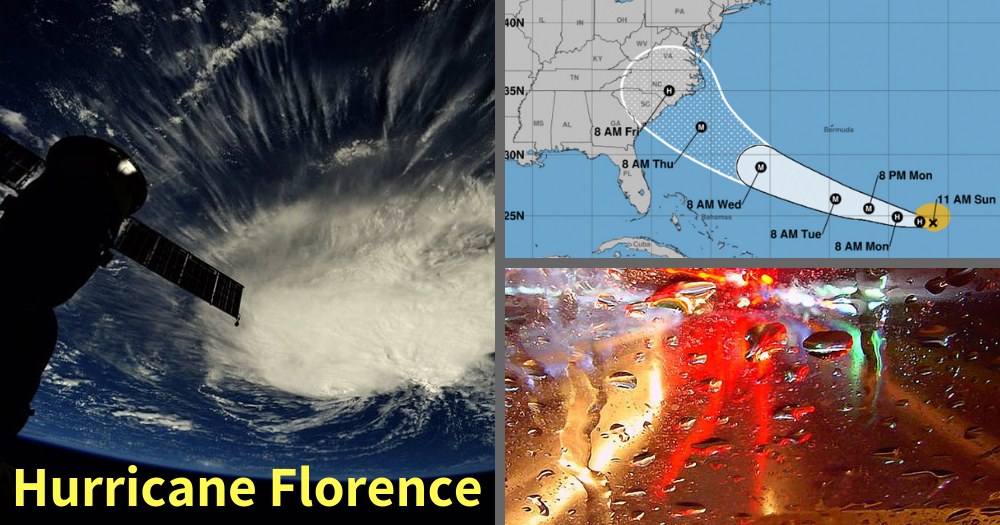
As summer ends, hurricane season begins. According to the National Weather Service: Hurricanes are among nature’s most powerful and destructive phenomena. On average, 12 tropical storms, 6 of which become hurricanes form over the Atlantic Ocean, Caribbean Sea, or Gulf of Mexico during the hurricane season which runs from June 1 to November 30 each year. In the Central Pacific Ocean, an average of 3 tropical storms, 2 of which become hurricanes form or move over the area during the hurricane season, which runs from June 1 to November 30 each year. Guam, the Northern Marianas and Micronesia experience typhoons all year round but the main season in July through November with a peak from mid-August to mid-September. Over a typical 2-year period, the U.S. coastline is struck by an average of 3 hurricanes, 1 of which is classified as a major hurricane (winds of 111 mph or greater).

While the weather is not our primary focus at DoYouRemember, we care greatly for our readers and have put together some important information about Hurricane Florence and overall hurricane readiness. According to Weather.Gov The best time to prepare for a hurricane is before hurricane season begins on June 1. It is vital to understand your home’s vulnerability to storm surge, flooding, and wind.
Here are some updates from The National Hurricane Center detailing the transformation from a tropical storm to its current hurricane status:
Here are the 5 AM AST Sunday Sep. 9 Key Messages for Tropical Storm #Florence. Latest information available at https://t.co/tW4KeGdBFb pic.twitter.com/E77cw9NlTL
— National Hurricane Center (@NHC_Atlantic) September 9, 2018
Now Florence moves to hurricane status.
Hurricane #Florence Advisory 41: Florence Forecast to Rapidly Intensify Into a Major Hurricane By Monday. https://t.co/VqHn0uj6EM
— National Hurricane Center (@NHC_Atlantic) September 9, 2018
Here are the 11 AM EDT Key Messages for Hurricane #Florence. There is an increasing risk of life-threatening hazards from storm surge and heavy rainfall from the Carolinas into the mid-Atlantic region later this week https://t.co/tW4KeGdBFb pic.twitter.com/cAQTyasGE9
— National Hurricane Center (@NHC_Atlantic) September 9, 2018
The most recent update coming from the National Hurricane Center includes state-level resources:
For more information about possible local impacts from #Florence, follow @NWSCharlestonSC @NWSColumbia @NWSWilmingtonNC @NWSRaleigh @NWSMoreheadCity @NWSWakefieldVA @NWSBlacksburg @NWSGSP @NWS_BaltWash @NWSJacksonville
— National Hurricane Center (@NHC_Atlantic) September 9, 2018
We will continue to update this story as new information becomes available. The DoYouRemember team sends its prayers out to all who are potentially in harm’s way. Please stay vigilant and share this story with anyone you may know who is in the path of this tremendous storm.
